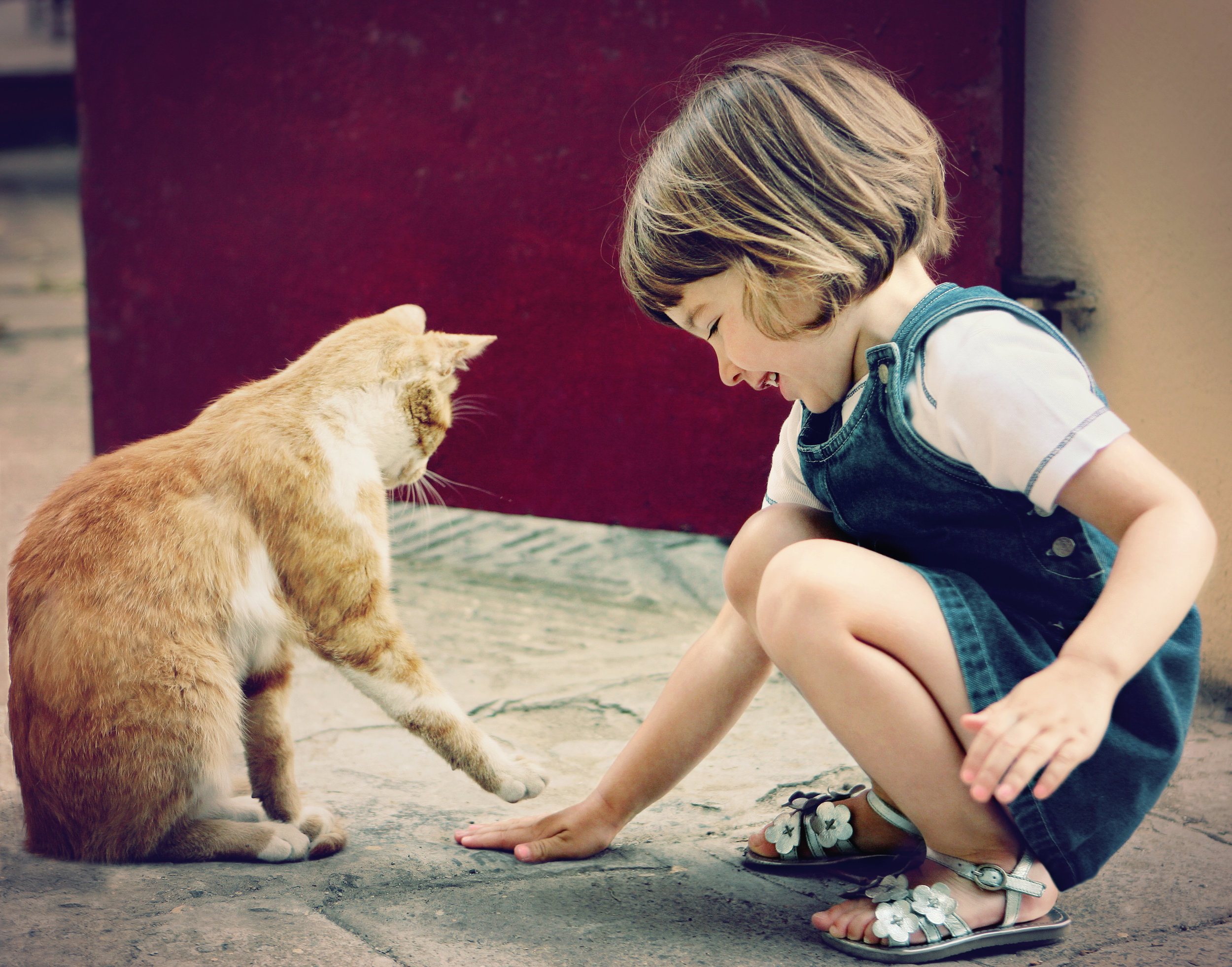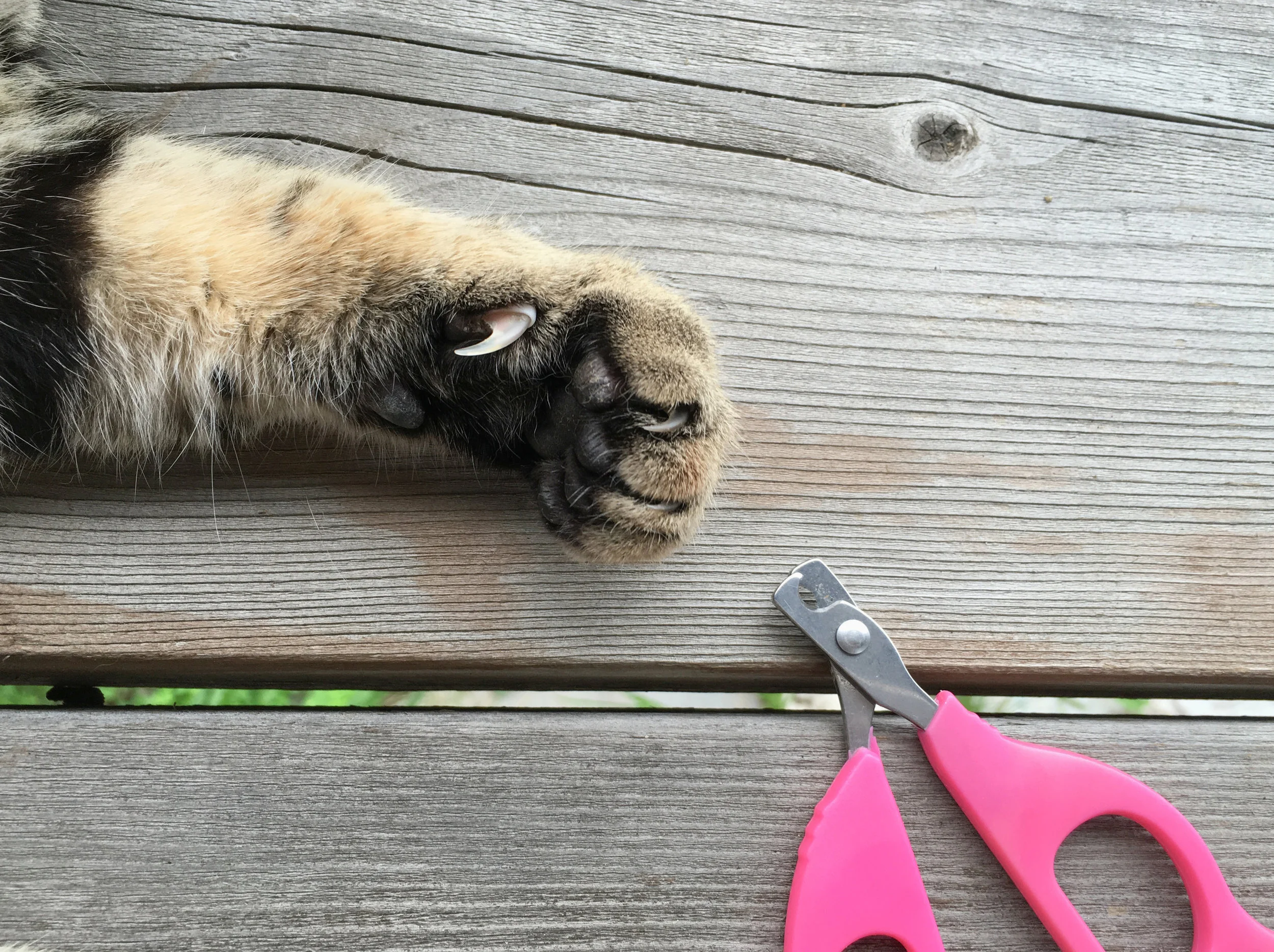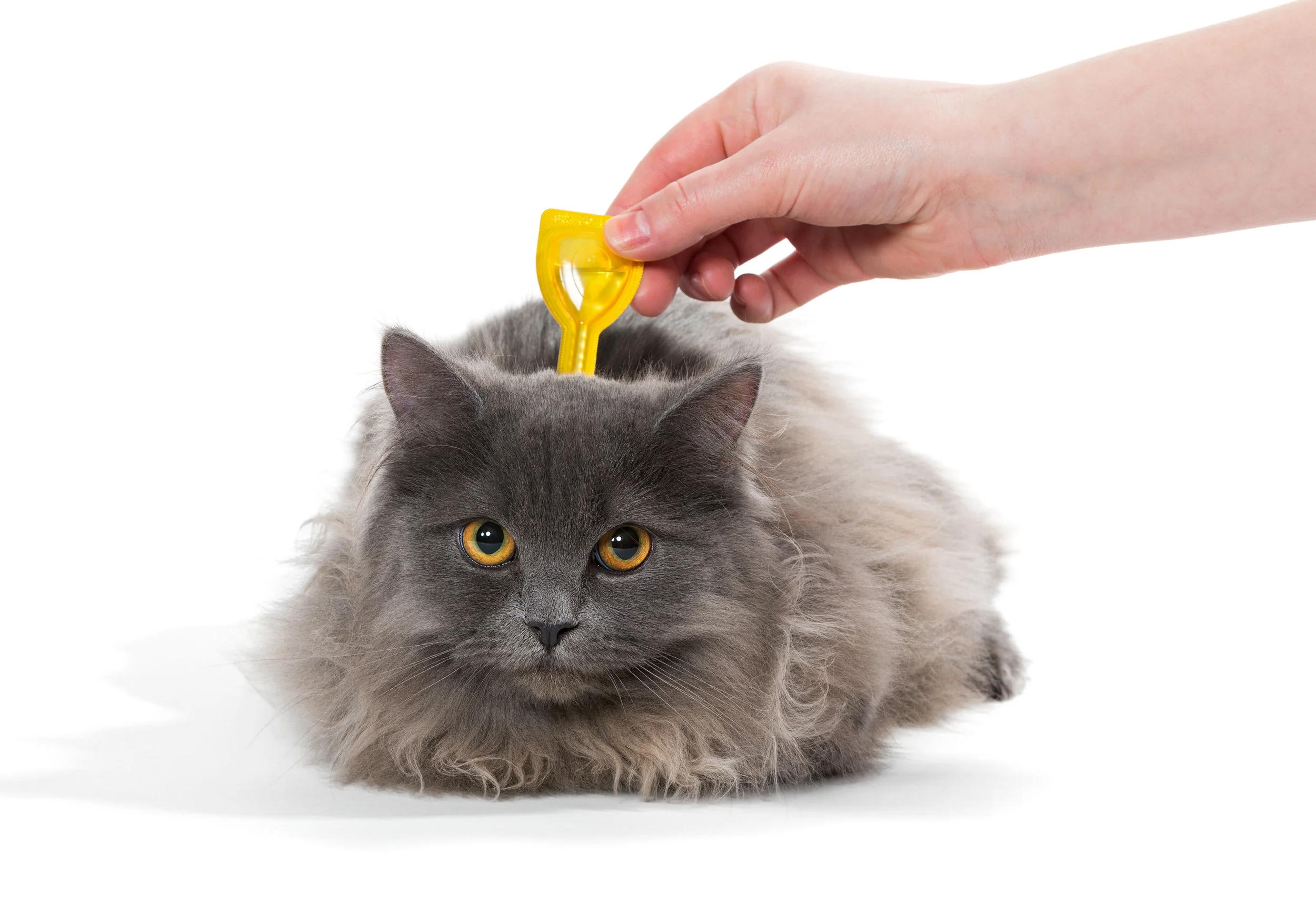- Cats are attracted to the sweet smell and taste of antifreeze, but if eaten, this toxin can quickly cause kidney failure.
- Outdoor cats depend on people for their warmth and survival during the winter months; special steps need to be taken to keep these cats safe.
- Holidays are a time for celebration but can pose multiple risks to cats. Lilies, chocolate, alcohol, ribbons, tinsel, and other common holiday items can all be dangerous to our feline companions.
What You Need to Know
Cats that spend time outdoors are exposed to various environmental and physical dangers. In the winter, cats are at risk for frostbite and hypothermia (low body temperature), just like humans. Cats should not be left outside for long periods of time in the winter and should always have the option of coming inside. It’s important to be aware of these risks, so you can keep your cat safe and healthy.
Colder Temperatures
Once temperatures start to dip below the freezing point, remember that any outdoor water will freeze. Cats need a constant supply of fresh, unfrozen water. For outdoor cats that only have access to outdoor water, heated water bowls can be used to keep water from freezing. If an electrical source is not available, water should be kept in a covered, enclosed space to prevent it from freezing quickly. Dog igloos filled with straw work well for outdoor cats, giving them a warm place to eat, drink, and keep dry from the winter elements. Heated pet mats are also helpful and will help a cat retain its body temperature, which is especially important for old or sick cats. It is important to only use heated products that are approved for pets.
Cats that spend a lot of time outdoors during the winter months use more calories in order to stay warm. Giving your cat a higher-quality, protein-rich food will help him or her stay warm and healthy. If your cat has any medical problems, consult your veterinarian before making any diet changes.
Outdoor cats may seek warmth under car hoods and can be injured or killed by the car’s fan belt. Before getting into your car, knock loudly on the hood to ensure that a cat is not hiding beneath.
Even cats that are used to being outside can suffer hypothermia and frostbite. If severe winter storm warnings or extreme cold weather alerts recommending that humans stay indoors are issued in your area, it is a good idea to bring your cat indoors, too. If your cat cannot be brought indoors, a garage or mud room can provide enough shelter in some cases.
Antifreeze
Also known as ethylene glycol, antifreeze is probably one of the most common and dangerous winter toxins. Antifreeze is highly toxic, and cats are sometimes attracted to its sweet smell and taste. Once a cat drinks antifreeze, the toxin is rapidly absorbed, and signs such as vomiting, loss of coordination, and depression can appear within 1 hour. The kidneys are most severely affected by antifreeze, and even if signs start to improve with treatment, they may have already started to shut down. Acute kidney failure can occur within 12 to 24 hours after ingestion of antifreeze, so it is important to take your cat to the vet immediately if you suspect he or she has drunk even a small amount of antifreeze.
Salt and Chemical Ice Melts
Cats that walk on sidewalks or pathways that have been de-iced can have chapped, dry, painful paws. Also, because cats tend to lick their paws, they can be exposed to toxic chemicals found in some ice melts. Pet-safe ice melt products can be purchased at most home improvement and pet stores. However, not everyone in the neighborhood may use these products, so it is important to wash your cat’s feet with a warm cloth after he or she comes in from being outside.
Holiday Hazards
The holidays pose many risks to cats. Chocolate, alcohol, onions, and coffee are some of the popular party supplies that can cause health problems in your cat. A common holiday plant is the lily, found in many holiday arrangements. Lilies are poisonous to cats. If a cat eats any part of a lily, initial signs of poisoning could include lethargy (tiredness) and a lack of appetite, but kidney failure can occur within 36 to 72 hours. Contact your veterinarian immediately if you think your cat has eaten any part of a lily plant.
Most cats love tinsel and ribbon, which, if eaten, can damage the intestines, requiring surgery. Keep these items out of reach of your cat.
Cover up electrical cords to prevent them from dangling and being mistaken for cat toys. If chewed, these cords could electrocute your cat.
More Cold-Weather Tips
The ASPCA (American Society for the Prevention of Cruelty to Animals) has more cold-weather tips at its website: www.aspca.org. Additional information about toxic houseplants, antifreeze, and other winter toxins is available at the Animal Poison Control Center: http://www.aspca.org/pet-care/poison-control/.














